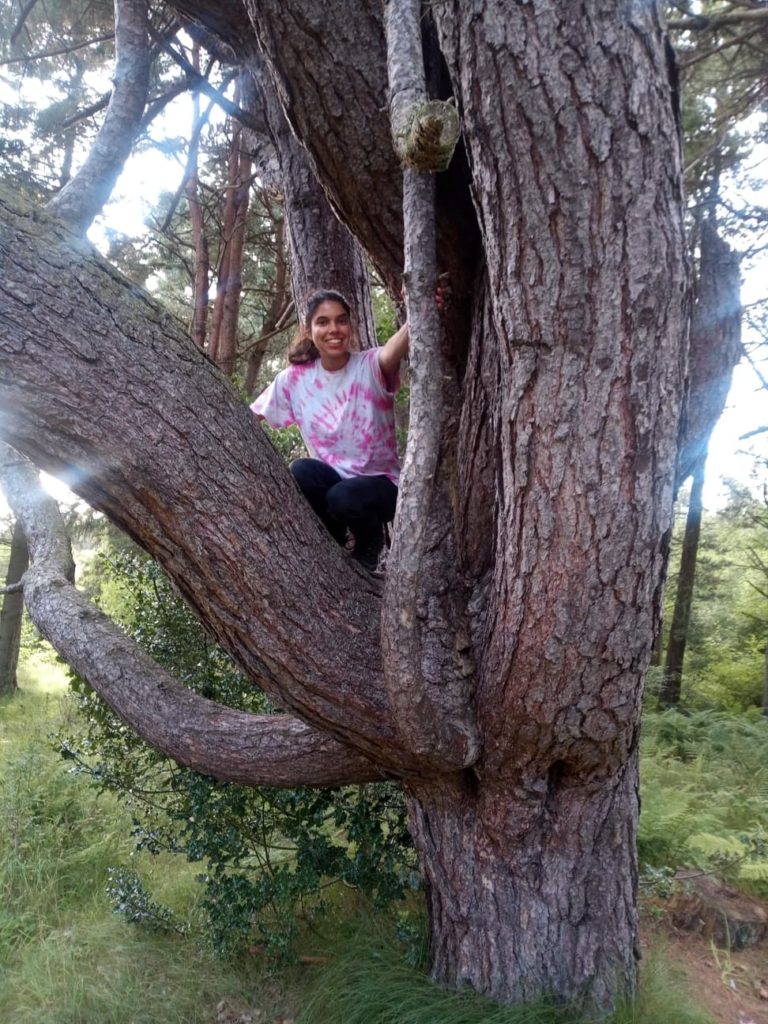
| Academic Year | 2021-2022 |
| a.kellner.21@abdn.ac.uk | |
| Institution | University of Aberdeen |
Biography
School: School of Biological Science
Project: Rewilding and the return of interacting meso-predators: Understanding, modelling and monitoring predator-prey dynamics in non-equilibrium ecosystems
Supervisors: Xavier Lambin, Thomas Bodey, Paul Caplat & Andrew Stringer (Forestry England)
Undergraduate Education: BSc (Hons) Ecology and Conservation, University of St Andrews
Postgraduate Education: MSc(Res) Behaviour, Ecology and Evolution, University of St Andrews
Research: Rewilding is an exciting concept that has gained traction in recent years with promises that reintroducing keystone predators will restore ecological health and trophic cascades. This notion assumes that predator-prey interactions are simple and that it is easy to predict outcomes of reintroductions, which is far from reality. To inform future management choices, it is important to fully understand what the consequences of reintroductions may be.
Predator-prey interactions can be influenced by many factors, including spatial heterogeneity, prey abundance and availability, predation pressure and whether a predator is a generalist or specialist. Predation can shape the abundance and distribution of prey species not only by direct kills, but by creating a landscape of fear, which can create further spatial variation.
Although predator-prey ecological theory is well-documented, these studies generally do not account for the spatial variation in alternative prey species available for generalist predators. Therefore, statistical models assume random mixing of individual and a spatially uniform strength of predator-prey interactions, which does not reflect reality.
Prey species distribution is spatially heterogeneous due to varying habitat distributions. The potentially for predators to have to switch to an alternative prey species due to their favourite prey being scarce is also spatially heterogeneous.
In my research I aim to:
- Advance understanding of how the spatial variation in predator abundance and prey-switching responses creates spatial heterogeneity in predation pressure and prey performance
- To understand what circumstances endangered prey may benefit from partial predation refuges.
To do this I will use a combination of existing data and novel data from predator and prey species present in Kielder forest. I will use advanced spatially explicit statistical models to understand spatial patterns in trophic interactions and characterise spatial patterns in the abundance and demographic variation of predator species. This will help to predict how ecosystems might change in response to trophic rewilding efforts.
Other:
- CASE partnership with Forestry England
Posts
There are currently no posts for this student.





















































